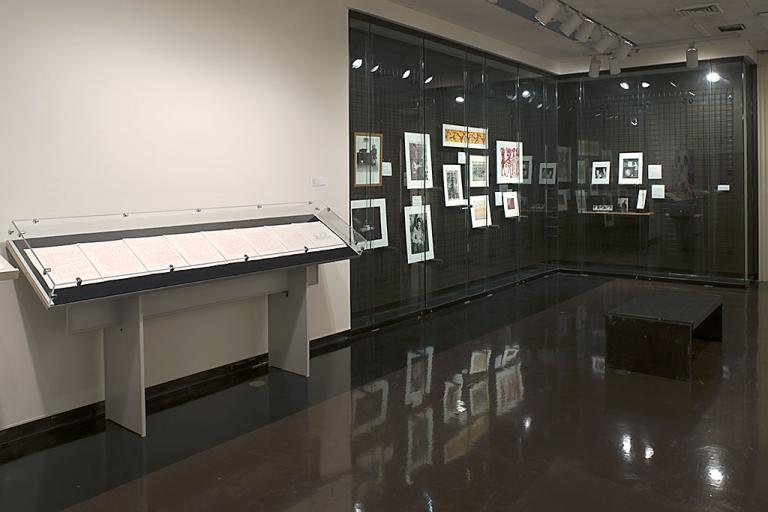untitled strip painting (I Am That I Am), Brion Gysin
Artwork Overview
Brion Gysin, artist
1916–1986
untitled strip painting (I Am That I Am),
1961
Where object was made: United States
Material/technique: acrylic; paper; watercolor
Dimensions:
Mat Dimensions (Height x Width): 11 x 44 in
Sheet/Paper Dimensions (Height x Width): 15.2 x 99.7 cm
Sheet/Paper Dimensions (Height x Width): 6 x 39 1/4 in
Frame Dimensions (Height x Width x Depth): 11 1/4 x 44 1/2 x 1 3/4 in
Weight (Weight): 8 lbs
Mat Dimensions (Height x Width): 11 x 44 in
Sheet/Paper Dimensions (Height x Width): 15.2 x 99.7 cm
Sheet/Paper Dimensions (Height x Width): 6 x 39 1/4 in
Frame Dimensions (Height x Width x Depth): 11 1/4 x 44 1/2 x 1 3/4 in
Weight (Weight): 8 lbs
Credit line: Loaned by the Estate of William S. Burroughs
Accession number: L1990.001
Not on display
If you wish to reproduce this image, please submit an image request













